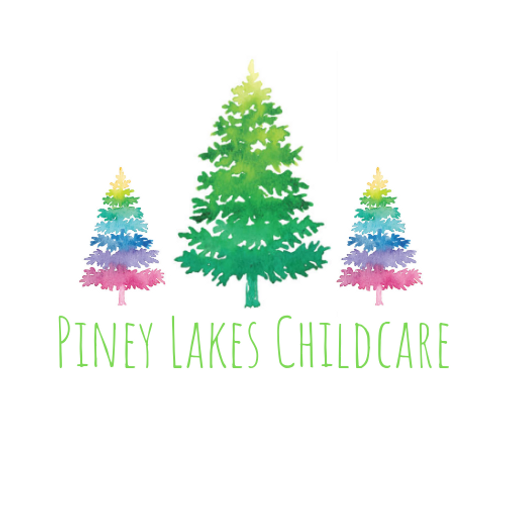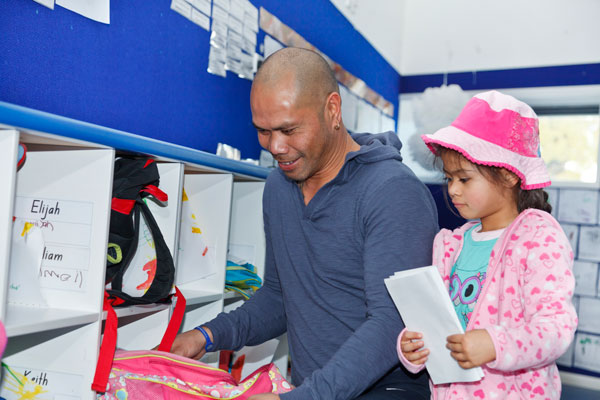Fact: If you’re planning to send your child to an education and care service, it’s a good idea to start thinking about your options early.
When should my child start?
There’s no best time to start – it all depends on what suits your family and child.
Research tells us that the quality of a child’s early education and care is more important than the age they start or the amount of time they spend there.
Most services have waiting lists so it may be best to put your child’s name on more than one list. This may better your chances of finding a service you’re happy with. However, there may be a non-refundable administration cost to do so.
Once you’ve been offered a place, remember to take your name off the other lists so they can be kept up to date for other families.
What options are available?
There are many different service types available.
- Long day care services provide for children from birth to school age and usually operate 8 to 10 hours a day, typically Monday to Friday.
- Family day care services provide for small groups of children from birth to 12 years of age in the home of a registered educator.
- Preschool/kindergarten usually caters for children 3 to 5 years old. They can be a standalone service or part of another education and care service or school.
- Outside school hours care operates before and after school and/or during school holidays for school age children.
Other options include occasional care services, or care provided by family or friends, babysitters and nannies. However, these options are not regulated under the National Quality Framework.
Where can I find a service?
To find quality approved education and care services in Australia visit – www.startingblocks.gov.au/findchildcare
Friends and family members can also be a good source of information – what do they think about the service they use?
How will I know if the service is good quality?
It’s important to visit the service to meet the educators and see the facilities. Trust your instincts and don’t be afraid to ask questions.
A quality service is one that:
- works with you to ensure that your child is safe, happy and protected
- makes you feel confident with the decision you made
- provides a learning environment where careful guidance and role modelling by educators can help children become competent, independent and develop valuable life skills
- responds to children’s emotions and interests
- comforts children, helping them to make friends and engage in activities and experiences
- implements effective policies and procedures to reduce the risk of cross infection, promote immunisation and exclude unwell children.
How are services rated?
All approved services are being assessed and rated against a National Quality Standard (NQS). Services are given a rating for each area of the NQS and an overall rating based on these results.
These ratings are one way of helping families choose the best service for their child.
The services will receive one of the following ratings:
- Significant Improvement Required
- Working towards NQS
- Meeting NQS
- Exceeding NQS
- Excellent
Services rated Exceeding in all 7 quality areas may apply to be rated Excellent.If a service is assessed and there are serious compliance issues, it is rated Significant Improvement Required. In this situation, the regulator uses penalties to make sure the service improves, or otherwise will stop the service from operating.
You can discuss the ratings with the service provider to learn how they are working to meet the National Quality Standard, even if your service has not yet been rated.
Find your nearest quality rated service at: www.startingblocks.gov.au/findchildcare
What happens when my child starts?
+ Enrolment
Once the service offers your child a place, they will guide you through the enrolment process.
You may be asked to provide the following:
- your child’s birth certificate
- family contact details
- contact details and information on who you authorise to collect your child from the service and who may be contacted in an emergency if you cannot be reached
- information about your child, including their eating and sleeping routines, interests, illnesses, allergies, and health care professional contact details
- your child’s immunisation history. This could be a photocopy of your child’s health record, or an immunisation history statement from the Australian Childhood Immunisation Register on the Department of Human Services website www.humanservices.gov.au.
+ Orientation
Orientation usually takes place before your child starts.
It provides time for you, your child and the educator to get to know each other – what are your child’s needs, interests, culture and routines.
It gives your child a chance to explore their new environment. They can begin to develop a relationship with staff, and meet other children at the service with the security of having you close by.
Services often provide a handbook to families at orientation time. The handbook may include information about the service, the educators, opening hours, and policies on issues such as holidays, health and safety, managing illness and fees.
The orientation visit is a good opportunity to ask questions and build a relationship with the educators and staff at the service.
What will help my child to settle in?
Starting early childhood education and care can be an emotional experience for both you and your child.
Children can often experience some difficulty settling into a new environment, particularly if they find it hard to separate from family or familiar caregivers.
Here are some suggestions to help support your child:
- If possible, start with shorter or fewer days then gradually increase their time spent at the service.
- Find a preferred staff member or peer that your child can be left with when you drop them off for the day.
- Spend some time settling your child into a favourite activity before you leave.
- Inform the service about what comforts your child and discuss how you manage activities or times of the day they find unsettling. For example, does your child have a toy or blanket that helps them to settle?
- Show your child that you feel secure about leaving them at the service and that you trust the staff. Say ‘goodbye’ confidently, and reassure them that you will be back later. While it may be tempting to leave while they are engaged happily in play, it can be very distressing for your child to realise you have left without saying goodbye.
- You should feel that you can contact the service at any time to check how your child is settling. The staff should provide you with sensitive, honest feedback.


